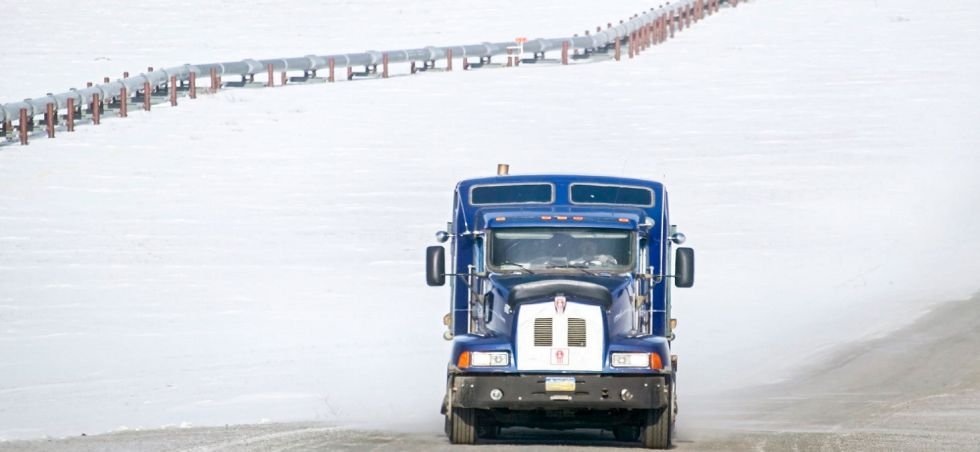Unveiling the Growth Trajectory: Logistics Robot Market in the USA
In a world propelled by a fast-paced global economy, logistics stands as the backbone, ensuring the smooth flow of goods from manufacturers to consumers. With the logistics industry grappling with challenges such as rising labor costs and the need for quicker operations, the spotlight is now on logistics robots. This article delves into the Logistics Robot Market, dissecting its growth, key players, applications, and the driving forces behind its expansion.
I. Logistics Robot Market Landscape: The Logistics Robot Market is witnessing significant growth, driven by the escalating demand for automation, cost reduction initiatives, and the pursuit of enhanced operational efficiency.
II. Key Players in the Market: Table 1: Key Players in the Logistics Robot Market
| Company Name | Specialization | Notable Products |
|---|---|---|
| Amazon Robotics | E-commerce | Kiva Robots for Warehouse Efficiency |
| KUKA AG | German Robotics Company | Palletizing Robot for Heavy Loads |
| Fetch Robotics | Autonomous Mobile Robots (AMRs) | Material Handling in Various Settings |
| Clearpath Robotics | Autonomous Vehicles for Indoor Transport | OTTO Autonomous Vehicles |
| Locus Robotics | Autonomous Mobile Robots | Warehouse Optimization |
This table provides an overview of key players in the logistics robot market, highlighting their specializations and notable products driving innovation in the industry.
III. Applications of Logistics Robots: Logistics robots find versatile applications across different industries, including:
- Warehousing
- E-commerce
- Manufacturing
- Healthcare
- Agriculture
IV. Factors Driving Market Growth: Table 2: Driving Forces Behind Logistics Robot Market Growth
| Factors | Impact on Market Growth |
|---|---|
| Labor Shortages | Reliable and Cost-effective Solution to Skilled Labor Shortages |
| E-commerce Boom | Increased Demand for Efficient Order Fulfillment |
| Cost Efficiency | Significant Savings through Reduced Labor Expenses |
| Technological Advancements | Enhanced Capabilities and Adaptability of Logistics Robots |
| Increased Adoption | Competitive Edge and Efficiency Gains for Adopting Companies |
This table outlines the factors propelling the growth of the logistics robot market, from addressing labor shortages to capitalizing on the efficiency gains offered by technological advancements.
V. Market Statistics:
- The logistics robot market is estimated to reach a valuation of US$ 7,115.6 Million in 2023.
- Projections indicate that the market will surge to top US$ 22,699.1 Million by 2033, exhibiting a CAGR of around 12.3% from 2023-2033.
VI. Challenges and Future Trends: Despite the promising trajectory, the logistics robot market encounters challenges such as job displacement concerns and initial implementation costs. Future trends include greater collaboration between humans and robots, customization, adaptability, and the integration of improved AI and machine learning capabilities.
The Logistics Robot Market is undergoing remarkable growth, spearheaded by key players like Amazon Robotics, KUKA AG, Fetch Robotics, Clearpath Robotics, and Locus Robotics. As these technologies continue to advance, logistics robots will play an increasingly pivotal role in optimizing supply chains, ensuring timely deliveries, and meeting the evolving demands of a dynamic global market.

